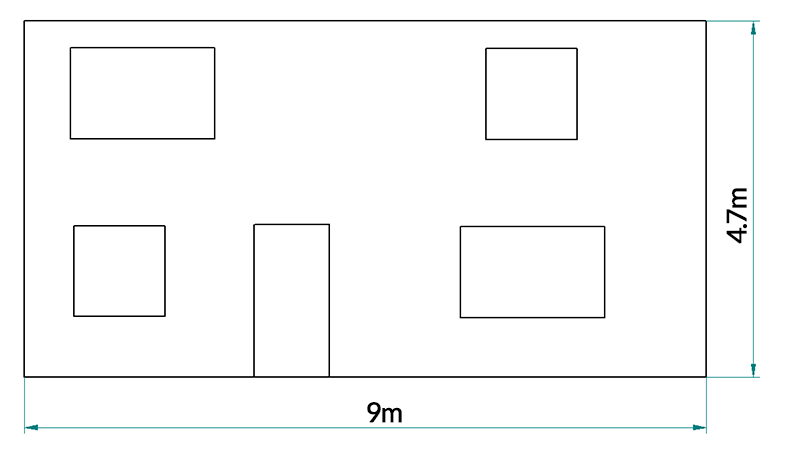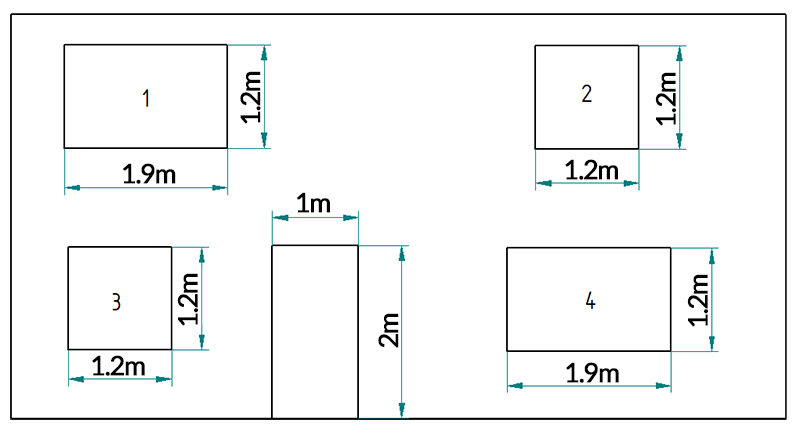Articles: Calculating Cladding Quantities
When costing a job that needs cladding, it’s important to work out how much material you actually need. There’s nothing worse than starting a job only to realise you are running out of timber before you finish, although finishing and being left with loads of unused material is far from ideal as well.
As a rule cladding tends to be supplied in random lengths leaving you to cut the boards and butt them up on site. There are two ways that you can work out a quantity for this scenario:
Square Meters
To work out the number of square meters you simply take the width and height of a wall (in m) and times them together. You can then take any windows, doors and other areas that you don’t want to clad over and work out their area in the same way.
Once you have that you can minus those areas from the whole area of the wall which will leave you with your quantity. We do then recommend adding 10% for wastage.
The formula is:
Area = width * height


Lineal Meters (meter run)
For a m run qty it’s important to know the face width of the boards you are going to be using. So, for example if you are using our IWC1, the full width is 145mm but the face width, the part you need to work out the lineal meters, is 135mm.
In this case you then divide the area by the face width (in m) so it would be: area / 0.135
The formula is:
Lineal meters = area / face width
Number of pieces
There is also a third option which is to work out the exact number of pieces you need. Even though it’s an exact quantity we do recommend that you still add the 10% on for wastage just in case there are any parts in a board you want to cut around.
To work out your pieces you need to divide the number of lineal meters by the length you want to use and round the number up to the nearest 0 decimal place. E.g. if it comes out at 47.12 pieces you’ll need 48.
The formula is:
Number of Pieces = lineal meters / length of board (rounded to zero decimal places).







 Main Menu
Main Menu

